Whichever way you choose to get there, the prize at the top of the mountain is still the same. Machu Picchu is truly one of the most incredible, and mystical ruins I've ever encountered.
One of the most sought after ruins for explorers of the beautiful planet, Machu Picchu is nestled high in the mountains of the Urubamba Valley in Peru. There are several methods in which one can get here, the most popular of which is the 4 day hike up the Inca Trail. It is a difficult hike, even with the assistance of porters, and over the past decade has become increasingly popular. With the increased popularity, the government had to restrict the number of people (including porters) who could enter the trail at any one time to a mere 500 to aid in preserving this heritage site! Yup, that means a total of 2000 on the trail on any given day... and this is with the imposed restriction. It is advised to buy your permits several months before planning on going, as they do sell out quite far in advance. If they do sell out, or you just don't feel like doing a 4 day hike uphill, another option is taking a train to the base of the mountain, and then a shuttle bus up switchbacks to the entrance of the ruins. This is a good, fast alternative for many people.
Whichever way you choose to get there, the prize at the top of the mountain is still the same. Machu Picchu is truly one of the most incredible, and mystical ruins I've ever encountered.
0 Comments
Story and photo's by: Ivona Siniarska  While Brazil is a country that I know is stunning and has many cities to visit, as well as one of the world’s largest waterfalls, there is a lot to see I will have to return for. Last Easter, I simply flew down for the weekend (wouldn’t recommend changing hemisphere’s for three days unless you have to) to see my 7th and final world wonder (Christ Redeemer), and quickly fell in love with Rio De Janeiro, the city, its people, and the lifestyle.
So here are the five things I would recommend you have to do (though I am sure there are hundreds more) if you only have a few days in this beautiful city: The Great Frigate Birds are large black sea birds of the South Pacific, South Atlantic and Indian Ocean regions. They can measure up to a meter in length and primarily feed on fish at the surface of the sea, mostly consisting of flying fish. The most notable feature of these interesting birds are the males inflatable red chests. As with many bird species, the males use this to attract female counterparts. You will find these Frigate Birds all over the Galápagos Archipelago, concentrating themselves on high cliff walls and soaring gracefully overhead.
The Galápagos Green Sea Turtle is believed to be endemic to just the area surrounding this archipelago in the Pacific Ocean. They have been difficult to track, as with most sea turtles, due to their migrations and deep submersion in the ocean. They are however on the endangered list, and efforts to assist their population have so far been proving unsuccessful.
Even with lower numbers, it's not uncommon to encounter some of these beautiful creatures while snorkeling as they gracefully glide along the seas currents below you. Galápagos Sea Lions are a species, like most species found in the Galápagos archipelago, native only to the islands and no where else in the world. They are one of the most abundant species on the islands, thus making them easy to spot almost everywhere, both on land, and while snorkeling off in the sea. This young pup was part of the welcoming committee when I arrived to the islands, and awoke from his pup nap under a bench to wink hello and let out a little pup bark.
Maybe one of the most unique animals to be found in the Galápagos Islands, is the Marine Iguana. The reason it is so unique, is that it has ability to dive down, up to 10 meters (30 feet), just to forage sea weeds and algae off the ocean floor. No other modern lizard has these marine abilities. They are found in great abundance in the Galápagos archipelago, though still vulnerable to environmental and human impacts. You'll often see them warming their cold-blooded bodies after a dive in the cooler sea waters on hot, black lava rocks which litter the shoreline of almost every island.
Seeing species as unique as this in great abundance is one of the most incredible feelings of being on the Galápagos islands. Not every visitor necessarily shares this viewpoint, however: "The black Lava rocks on the beach are frequented by large (2-3 ft), disgusting clumsy Lizards. They are as black as the porous rocks over which they crawl & seek their prey from the Sea. I call them 'imps of darkness'. They assuredly well become the land they inhabit." ~ Charles Darwin Galápagos Penguins are the only penguins known to survive North of the Equator. They are of the same family as those found in South America and Africa along their southern coasts. Spending most of their time in the cooler waters and currents, it is always a special treat to be able to see one floating along the water's surface, or even more excitingly, hopping around the islands' rocky shore line. Though this species is considerably small, the third smallest in the world, it is still quite fast and agile, given the high volume of predators they must face on and around the islands.
The Galápagos Hawk is endemic to the Galápagos Islands. Though there are some similar relatives on North and South American mainland, this species has traits entirely unique to this archipelago. In their maturity, the adult hawks are a dark blackish-grey, though in their youth they have a very different brown speckled appearance to assist with their camouflage until then reach an age where they can more easily fend for themselves. Near the top of the food chain in their division, they are an apex predator, eating anything that they can easily lift or tear apart with their powerful talons and beak. There is currently little concern for the extinction of this magnificent bird.
The giant tortoises of the Galápagos islands are one of the most important creatures found here, by means of man's understanding of the significant importance this archipelago holds. Not only is the name "Galápagos" derived from the spanish word galápago, meaning tortoise, these prehistoric looking animals were also a fundamental influence to Darwin's theory of evolution. Finding various species on 7 of the islands, there are distinct difference between each, which helped them adapt to the geographical differences of the islands. Even on the same island you may find low-land Tortoises with saddle shaped shells and long necks, compared to their high-land relatives who have larger shells and shorter necks. These harmless creatures were once hunted to the brink of extinction, but now with assistance from the Darwin Society, they have been bred back to sustainable populations and reintroduced into the islands in full abundance.
Florianópolis is a spectacular city located just north of Argentina in southern Brazil. An ocean side city, it's layout is quite unique. It's a continental city which also has several islands with it's inhabitants, just off the shore. One island in particular is attached to mainland with a narrow peninsula, and is one of the primary locations visitors will spend much of their time. This part of the city is made up in a large part from the scattered villages nestled in between hills and rainforest which compose much of the islands landscape. The state Santa Catarina is one of the greenest in Brazil, with many initiatives to keep Florianópolis along with other cities within it not only building green infrastructure, but protecting it's own natural resources as well. According to the United Nations, this city also has the highest Human Development Index (HDI) in Brazil.
Known well for it's surf, Florianópolis also has many other activities to do. From hiking to biking, to just exploring the towns, you are sure to not be short of anything fun to do while visiting. |
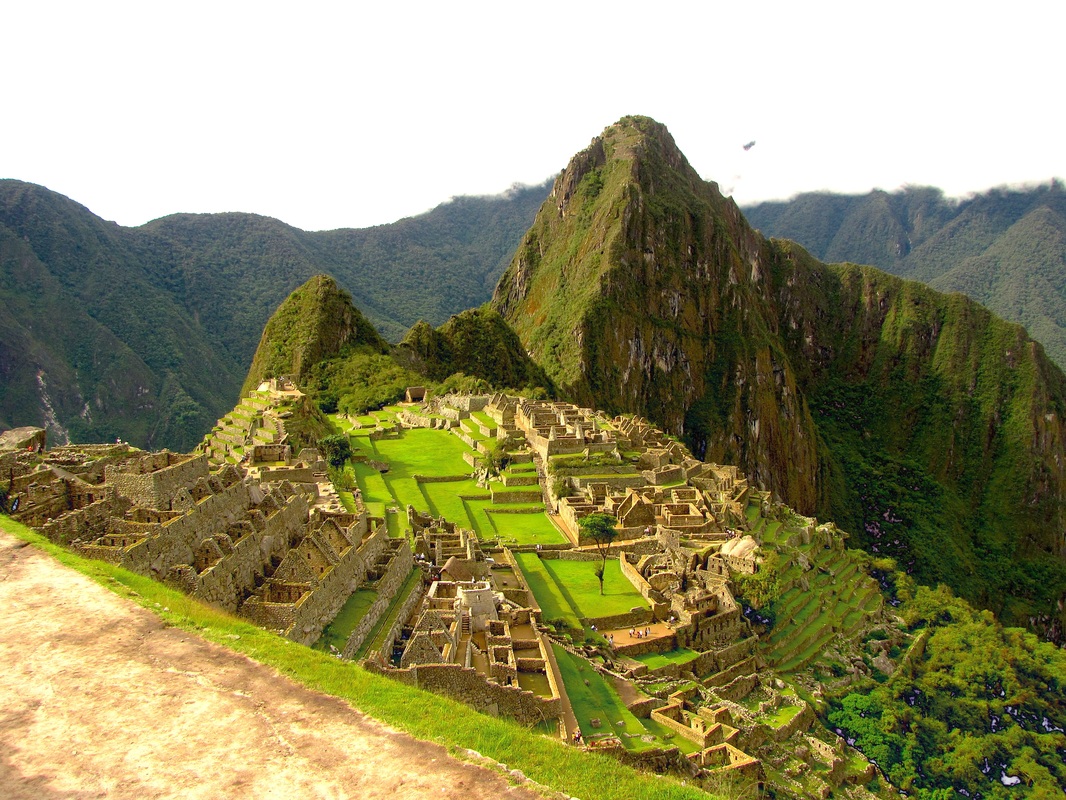
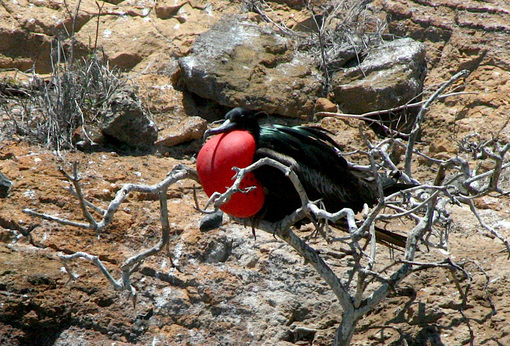
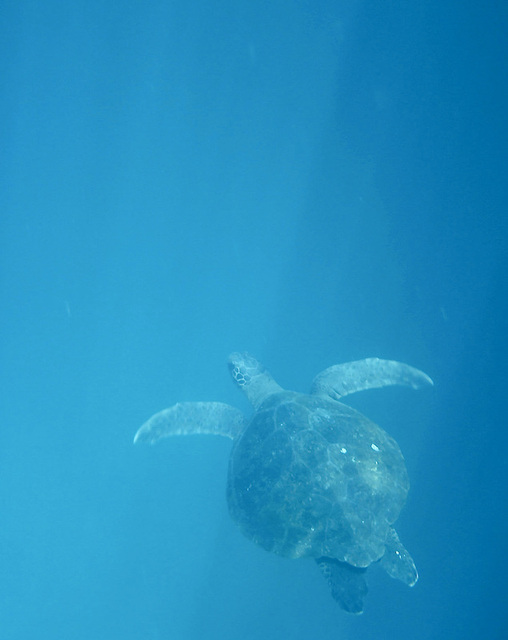
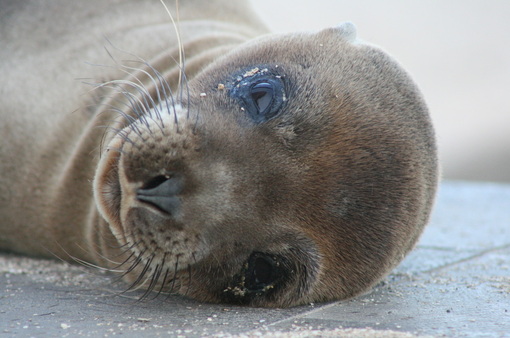
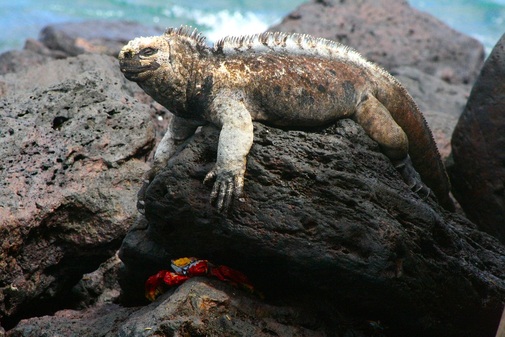
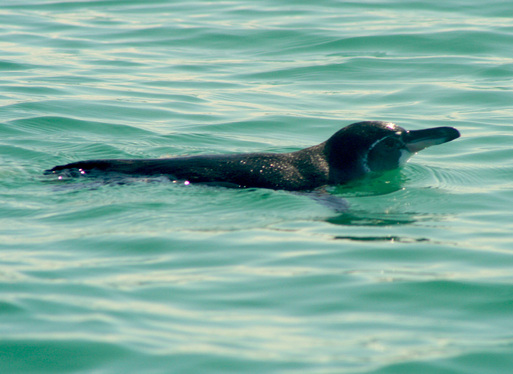
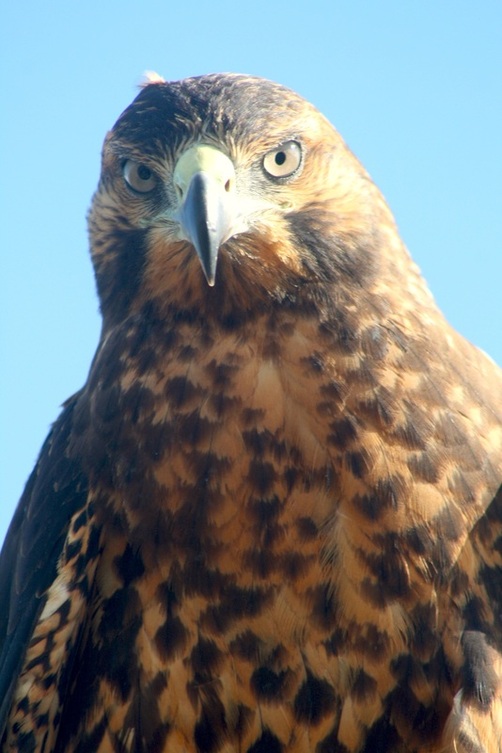
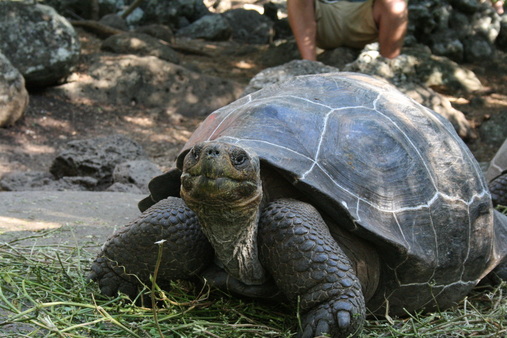
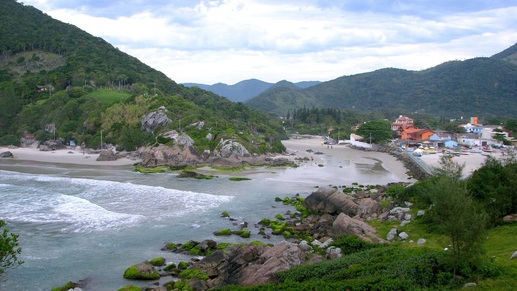
 RSS Feed
RSS Feed

